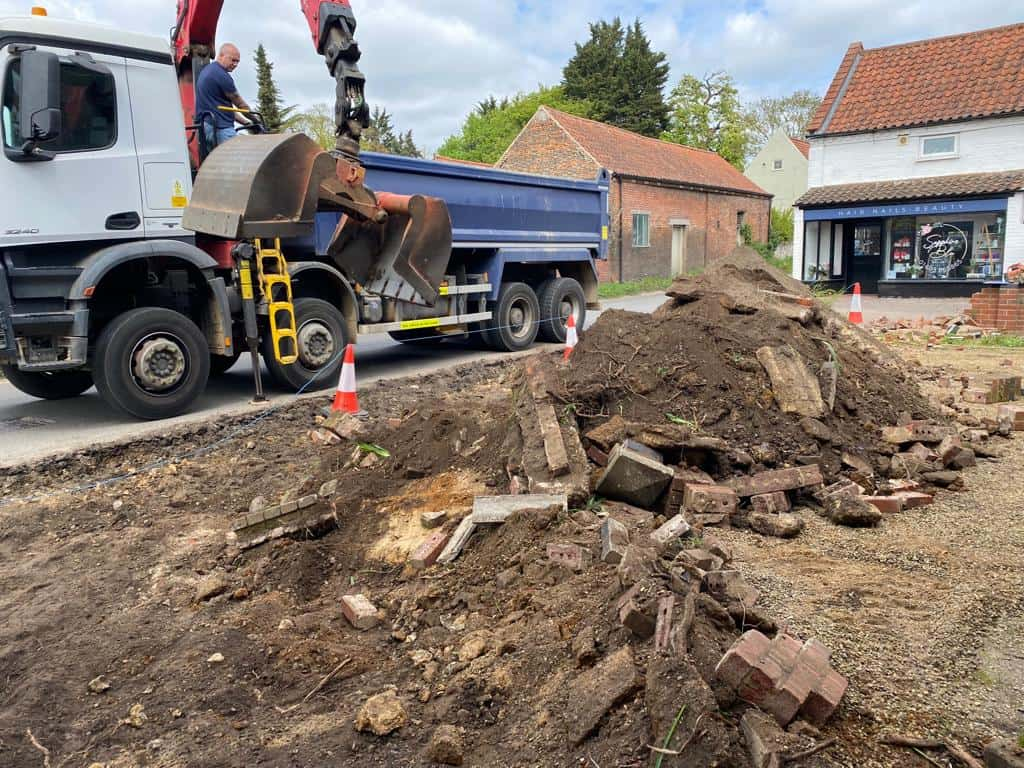How Tarmac Contributes to New Build Infrastructure
Introduction: Tarmac has emerged as a versatile and indispensable material in construction and infrastructure development. Whether for driveways, roads, or pathways, tarmac plays a crucial role in shaping the landscape of new build projects. In this blog post, presented by Linton Driveway Installations, we will explore how tarmac contributes to newly built infrastructure, highlighting its benefits, applications, and sustainability.
The Role of Tarmac in New Build Projects
- Durability and Longevity: Tarmac, also known as asphalt, is renowned for its durability and longevity. When properly installed, tarmac surfaces can withstand heavy loads, resist wear and tear, and remain functional for many years. This makes it an ideal choice for newly built infrastructure, where longevity is critical.
- Cost-Effectiveness: Tarmac is a cost-effective paving material, making it a practical choice for developers looking to optimise their project budgets. Its affordability allows for more extensive use without compromising quality.
- Versatility: Tarmac can be used in various applications, from driveways and parking lots to roadways and walkways. Its versatility makes it suitable for a wide range of infrastructure needs, providing consistency in design and functionality across new build projects.
- Smooth and Safe Surfaces: Tarmac surfaces offer a smooth texture, essential for road safety and ease of use. Newly built infrastructure, including roads and walkways, benefits from tarmac’s slip-resistant properties and reduced risk of water pooling.
- Sustainability: Modern tarmac formulations incorporate recycled materials, contributing to sustainability goals in new build projects. Tarmac aligns with environmentally conscious construction practices by reducing the demand for new aggregates and promoting recycling.
Applications of Tarmac in New Build Infrastructure
- Roads and Highways: Tarmac is a primary choice for constructing roads and highways in new projects due to its durability and cost-efficiency. It ensures smooth and safe transportation for residents and businesses.
- Driveways and Parking Lots: Tarmac driveways and parking lots are functional and visually appealing. They provide a durable and welcoming entrance to new homes and commercial properties.
- Pathways and Walkways: Tarmac pathways and walkways offer pedestrians a safe and comfortable surface for commuting within newly built communities, enhancing accessibility and connectivity.
- Sports Facilities: Tarmac is commonly used to construct sports facilities, like tennis courts, basketball courts, and playgrounds, in new residential developments.
Sustainable Tarmac Practices
- Recycling: Incorporating recycled materials into tarmac production reduces the environmental impact of new build projects and conserves natural resources.
- Permeable Tarmac: Permeable tarmac allows rainwater to pass through the surface, reducing runoff and mitigating flooding in newly built areas.
- Low-Energy Production: Energy-efficient tarmac production methods minimise greenhouse gas emissions during manufacturing.
Conclusion: Tarmac is a cornerstone of newly built infrastructure, offering durability, cost-effectiveness, and sustainability. Its versatility allows for diverse applications, contributing to the creation of functional and well-connected communities.
Call us on: 01223 657 698
Click here to find out more about Linton Driveway Installations
Click here to complete our contact form and see how we can help with your driveway needs.

